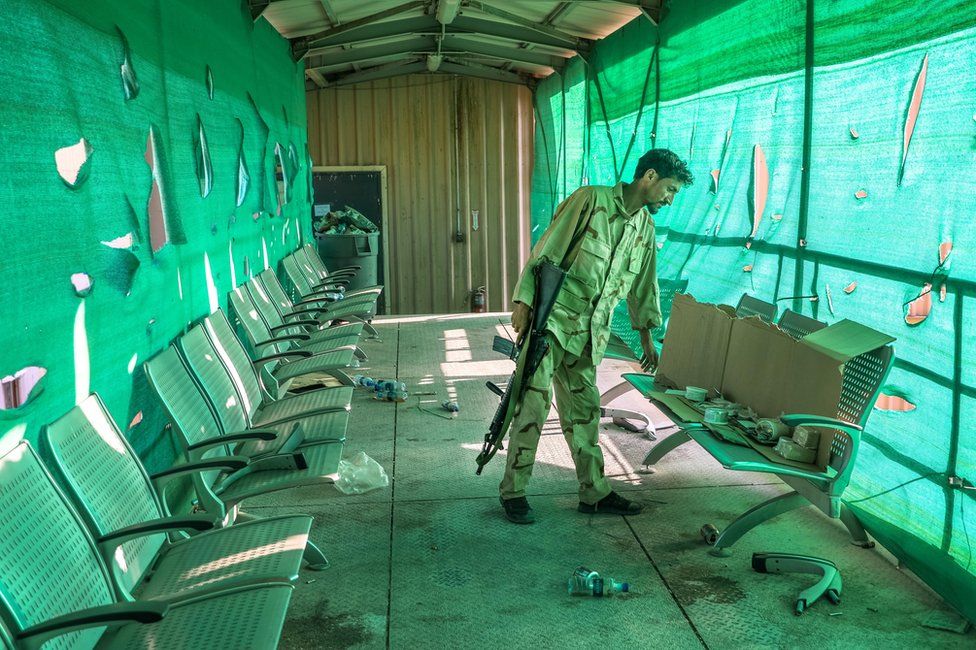
The US military left Bagram Airfield - its key base in Afghanistan - in the dead of night without notifying the Afghans, the base's new commander said.
General Asadullah Kohistani told the BBC that the US left Bagram at 03:00 local time on Friday, and that the Afghan military found out hours later.
Bagram also contains a prison, and there are reportedly up to 5,000 Taliban prisoners left in the facility.
The Taliban have been advancing rapidly in Afghanistan as US troops withdraw.
General Kohistani said on Monday that Afghan forces were expecting the Taliban to attack Bagram.
Speaking to reporters at the airbase, he said he was already receiving reports the group was making "movements in rural areas" nearby.
"You know, if we compare ourselves with the Americans, it's a big difference," Gen Kohistani said. "But according to our capabilities... we are trying to do the best and as much as possible secure and serve all the people."
The US announced on Friday that it had vacated Bagram, effectively completing its military campaign in Afghanistan ahead of the official end date of 11 September, announced by President Joe Biden earlier this year.
Asked by the Associated Press about the late-night withdrawal from the base, US military spokesman Colonel Sonny Leggett referred to a statement issued last week that said US forces had co-ordinated their departure from various bases with Afghan leaders.
Recent weeks have seen the Taliban swiftly retake ground as American troops depart, seizing rural districts and surrounding some larger Afghan cities.
The late-night withdrawal from Bagram hands control of the base to a much less well-equipped force that could struggle to defend it from the Taliban.
Gen Kohistani has roughly 3,000 troops under his command - significantly less than the tens of thousands of US and allied soldiers that once occupied the airbase.
About 1,000 Afghan soldiers fighting the Taliban in the north of the country fled over the border into Tajikistan on Monday, according to officials, raising fears over the military's ability to stave off further advances by the group.
Bagram has shifted hands over the years. It was first built by the Americans, for Afghanistan, back in the 1950s, before falling into Soviet control when the Red Army invaded in 1979.
It was later occupied by the Moscow-backed Afghan government and then a mujahideen administration, before eventually winding up in Taliban hands when the group swept to power in the mid 1990s.
When the US invaded in 2001, it deposed the Taliban and took control of the airbase, transforming it into a sprawling complex from which it fought its war against the group.

https://news.google.com/__i/rss/rd/articles/CBMiLmh0dHBzOi8vd3d3LmJiYy5jby51ay9uZXdzL3dvcmxkLWFzaWEtNTc2ODIyOTDSATJodHRwczovL3d3dy5iYmMuY28udWsvbmV3cy93b3JsZC1hc2lhLTU3NjgyMjkwLmFtcA?oc=5
2021-07-06 08:11:52Z
52781708032477
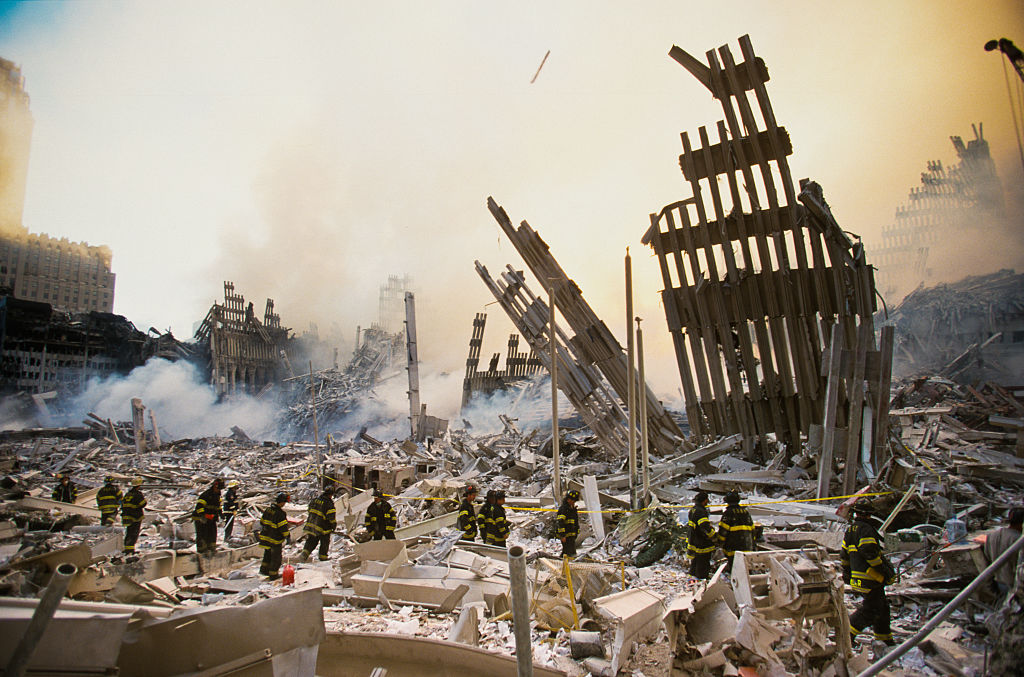
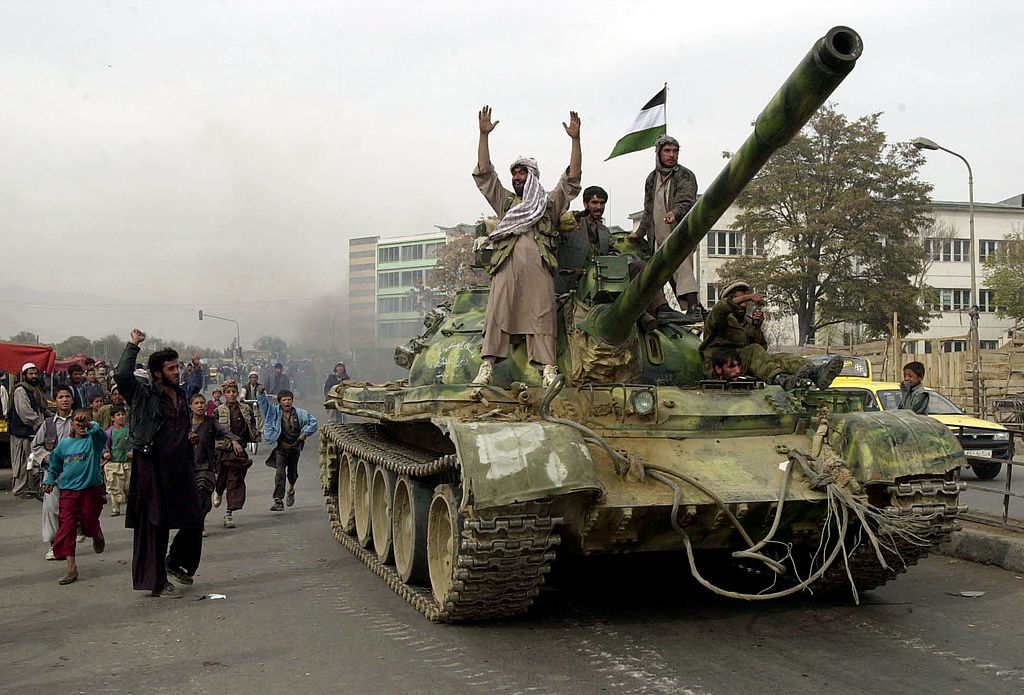
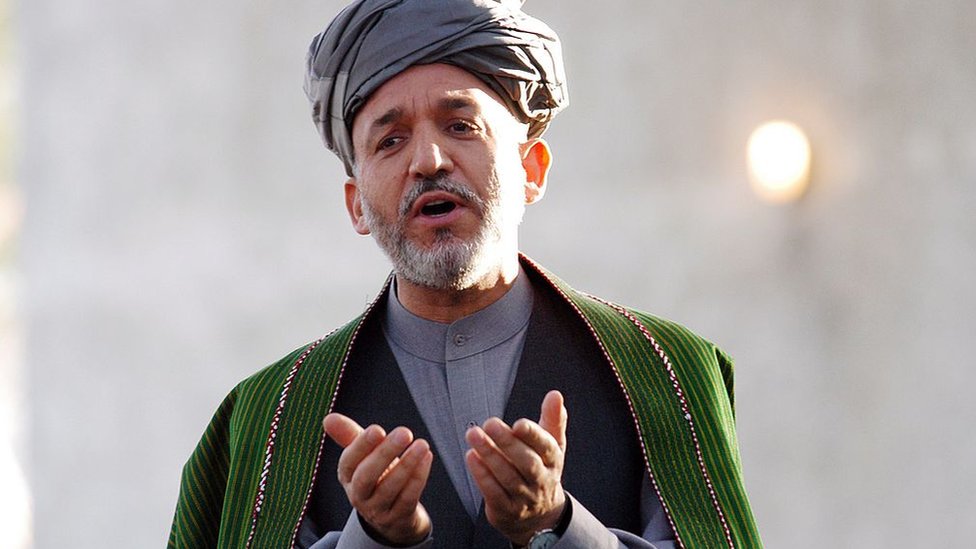
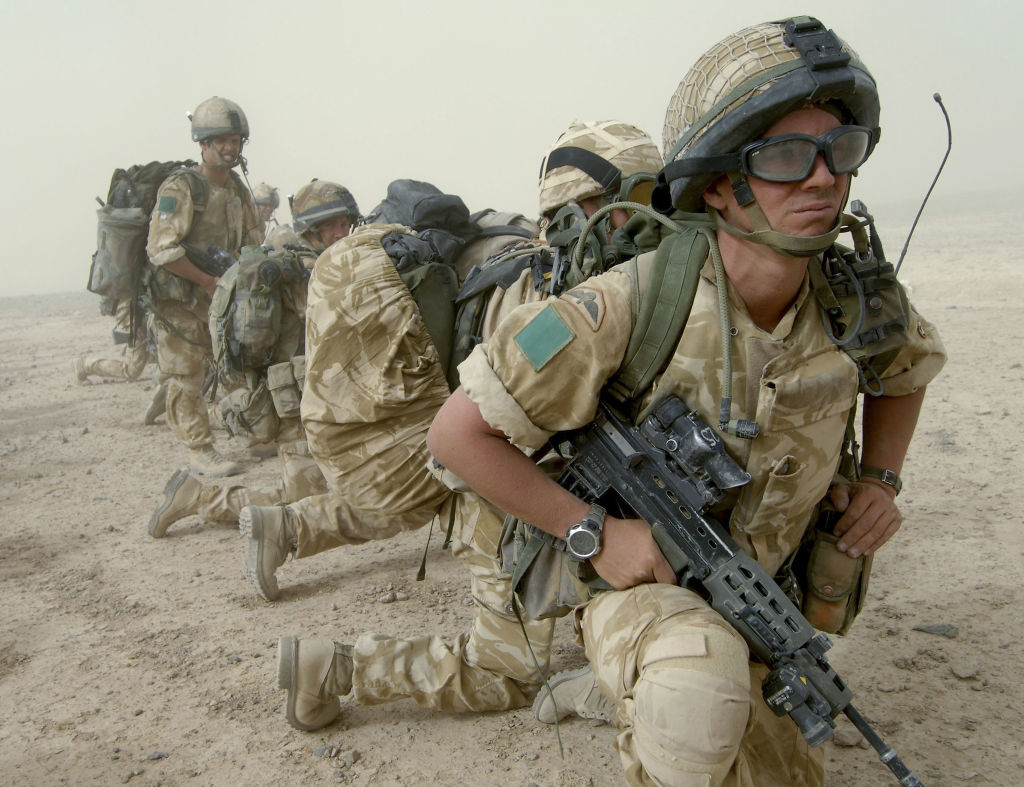
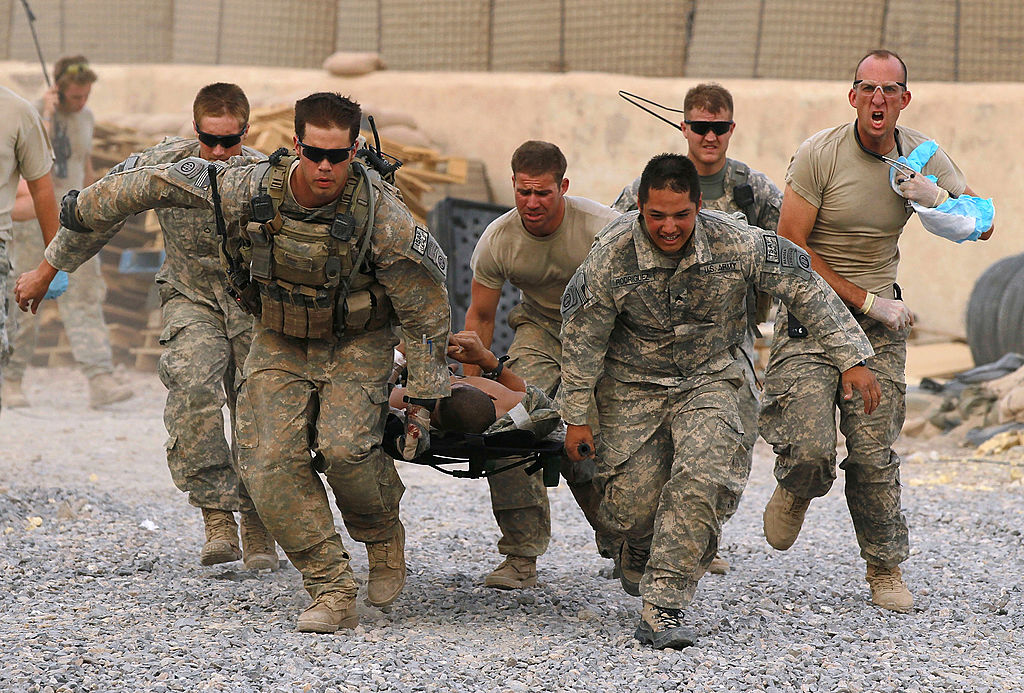


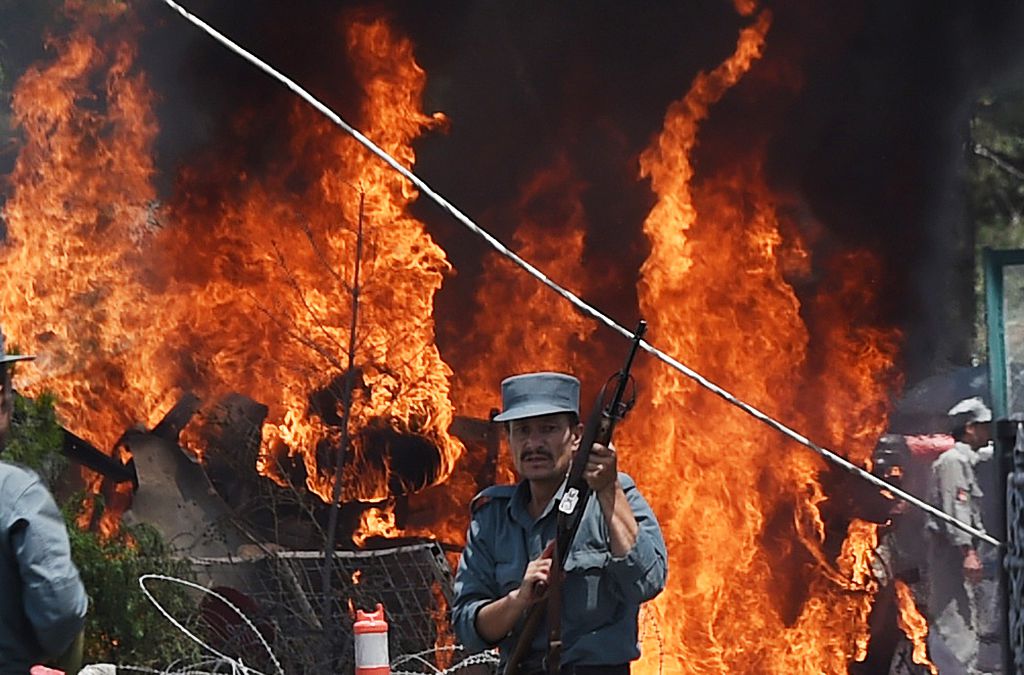
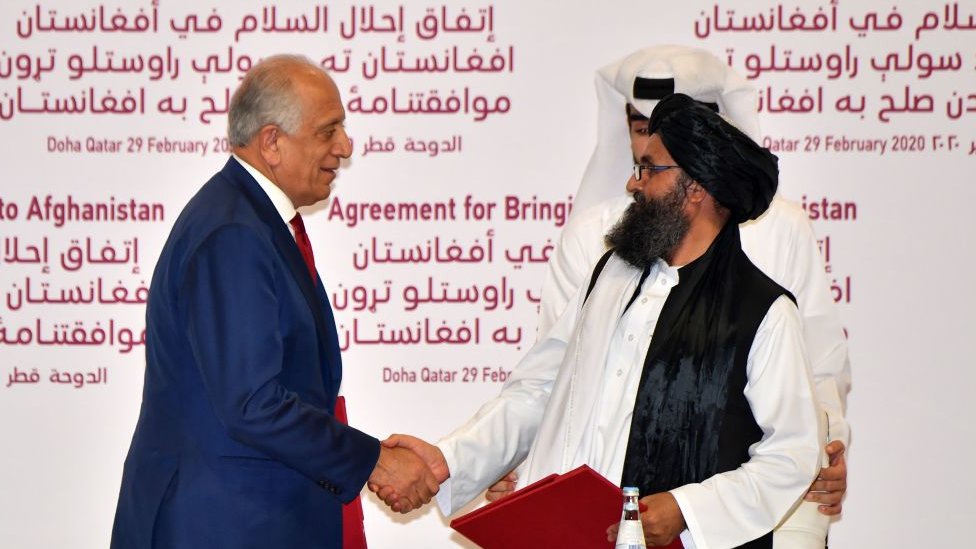
Tidak ada komentar:
Posting Komentar